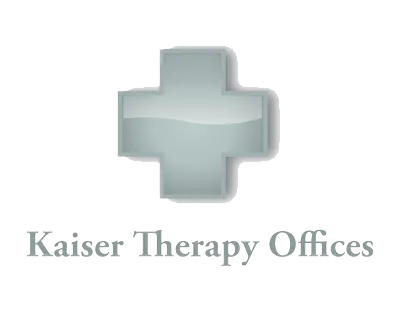Low back pain (LBP) is a common problem associated with traveling. Last month, we covered lifting remedies, and this month we will continue this discussion…
Medication Foresight:
- Get a prescription: If you know your prescription will run out prior to your return from traveling, either get it re-filled before you leave or get a prescription from your primary care doctor to bring with you. If traveling to a foreign country, many medications have different names so make sure it’s the same medicine when you’re filling the script away from home.
- Keep your medication with you. Do NOT place it in your checked bags in case your luggage is lost. It can take days (or longer) before your bags finally reach you.
- Bring an OTC backup. If there is a similar over-the-counter (OTC) medication, bring that with you. (Check with your prescribing physician, of course.) Ask us about anti-inflammatory &/or muscle relaxing herbs &/or vitamins. Keep a list of vitamins, herbs, and medications with you at all times.
- Keep your medication in their original containers. This could eliminate the need to explain to security what each pill is for, and may help avoid them from being confiscated.
Pain Relief Tactics:
- ICE IS NICE! But, traveling with ice is tricky, as it warms up and melts over time. We recommend traveling with several sized Ziploc bags that a flight attendant can fill with ice for you. Pinch it between the seat and your lower back and rotate it on and off in 15-20 minute intervals. Repeat the process for the length of time the ice lasts (which is usually several applications). Chemical ice packs also work well. Make sure if you bring an ice pack or gel pack with you that it will be allowed through security. The flight attendant should allow it to be placed into the refrigerator between uses.
- HEAT IS NEAT! The use of heat for chronic low back pain can be very effective, but use ice if the LBP is acute or a new problem. If in doubt, try both ice and heat before leaving so you can determine which one works better for you. You can also alternate between ice and heat, but start and end with ice if the LBP is acute. If LBP is chronic, start and end with heat. We often suggest 10 min./5 min./10 min./5 min./10 min. cycles (total of 40 minutes), starting/ending with either ice (if acute LBP) or heat (if LBP is chronic). There are disposable heat packs available, but remember, limit each dose to no more than 20 minutes to avoid pooling of blood in the LBP area. Commercial heat wraps (such as ThermaCare) can also be used. Make sure security will allow the passage of any heat gel pack.
- OTC Pain Patch or gels. There are both prescription and non-Rx pain patches available (such as Bengay Pain Patch). Similarly, heat or coolant rubs or gels can also provide pain relief and reduce the needs for medication.
- TENS unit. These produce a pain reducing electrical current where a small unit is placed in your pocket or on your belt that connects wire electrodes to sticky pads placed in the area of pain. These can work well for some people, so try it before you leave to see if you like the result. We can obtain these and train you, as well as provide you with a letter to take with you while traveling to show to security.
We realize you have a choice in who you choose to provide your healthcare services. If you, a friend or family member requires care for low back pain, we sincerely appreciate the trust and confidence shown by choosing our services and look forward in serving you and your family presently and, in the future.
